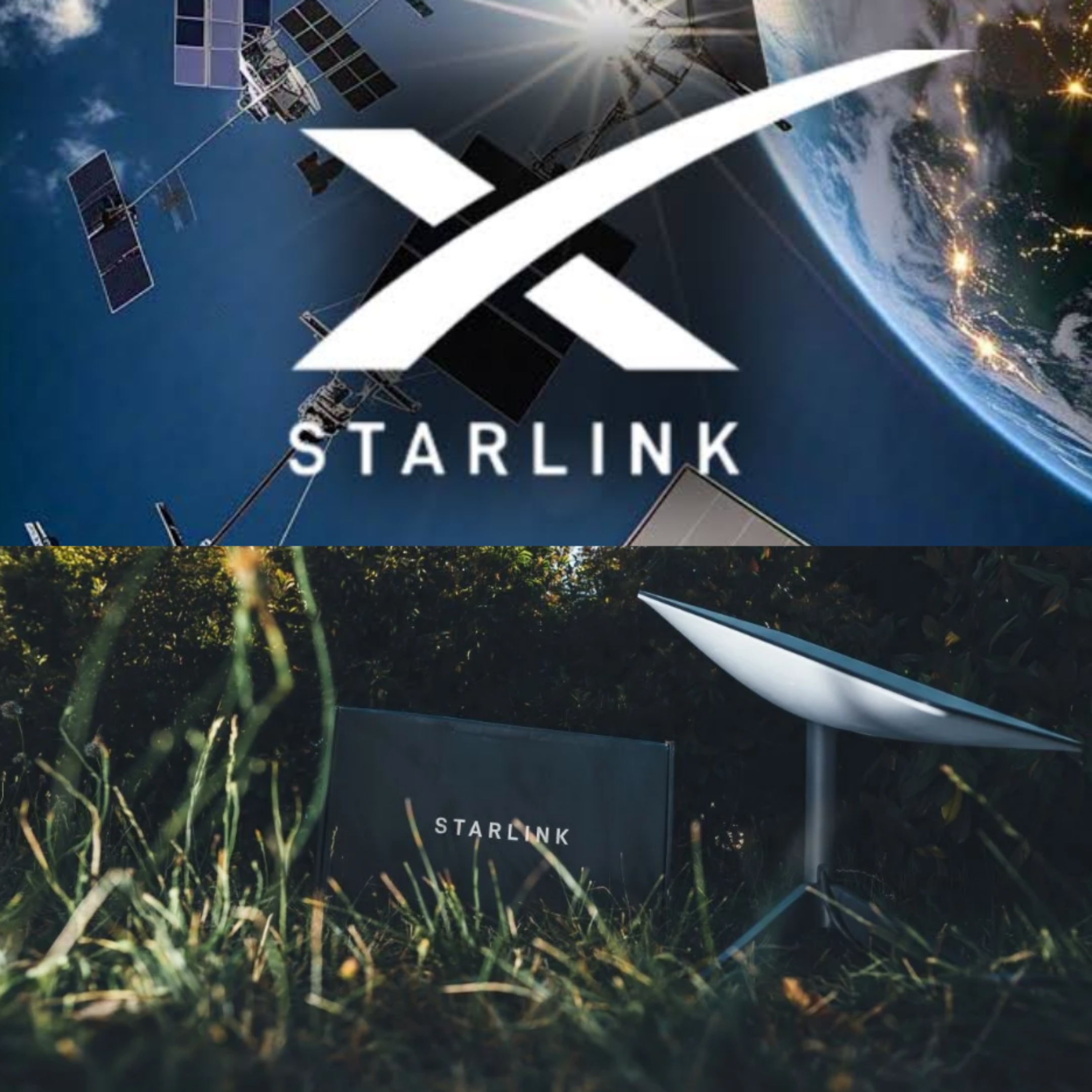
South Africa moves closer to bridging the digital divide as Starlink pledges R500 million to provide free high-speed internet to 5,000 rural schools, connecting millions of learners.
(The Post News)– South Africa is on the brink of a transformative leap in internet connectivity, following a significant commitment by Elon Musk’s SpaceX to invest R500 million in bringing Starlink satellite internet to the country’s underserved rural schools.
The investment commitment was made public through communications from Starlink to South Africans who had previously expressed interest in accessing the service. The company is actively seeking public support for a policy change introduced by Communications Minister Solly Malatsi, which could pave the way for Starlink’s entry into the local market.
This policy, known as Policy Direction No. 3218, proposes the introduction of Equity Equivalent Investment Programmes (EEIPs) in the Information and Communications Technology (ICT) sector. EEIPs offer an alternative compliance mechanism for multinational companies to meet South Africa’s Broad-Based Black Economic Empowerment (B-BBEE) requirements without the need to meet the traditional 30% Black ownership threshold.
The concept of EEIPs is not new to South Africa; it has already been implemented across various industries, including banking, manufacturing, technology, and pharmaceuticals. Its introduction to the ICT sector would align with existing frameworks and provide a legal pathway for companies like Starlink, which must maintain full ownership of their global subsidiaries for operational reasons.
Ryan D. Goodnight, Starlink’s Senior Director of Market Access, emphasized the company’s commitment to legal compliance and transformation in South Africa. He clarified that Starlink has never sought special exemptions from B-BBEE laws but supports a level playing field that allows fair competition across the sector. Goodnight explained that the company’s global ownership model is consistent across nearly 150 countries and territories where Starlink currently operates.
The proposed R500 million investment includes providing Starlink kits and installation support to 5,000 rural schools, enabling high-speed internet access that can unlock new educational opportunities for millions of learners. This initiative aligns with the South African government’s broader SA Connect programme, which aims to expand broadband infrastructure and digital access nationwide.
Despite these promising prospects, Starlink’s path to operation in South Africa has faced regulatory challenges. The Independent Communications Authority of South Africa (Icasa) requires that all license holders meet a 30% local ownership threshold, a condition Starlink cannot meet without disrupting its global business structure. However, the company points to existing provisions in the Electronic Communications Act and the B-BBEE ICT Sector Code, which allow alternative compliance routes like EEIPs.
The government has shown openness to this approach. Trade and Industry Minister Parks Tau, during a recent visit to the United States, acknowledged the effectiveness of EEIPs and cited multinational companies such as Microsoft, IBM, and Amazon as examples that have successfully utilised these programmes to meet South Africa’s transformation goals.
The Starlink deal has generated mixed reactions among stakeholders. Supporters view it as a breakthrough in overcoming South Africa’s rural digital divide and improving educational outcomes through enhanced connectivity. Critics, however, express concern that introducing EEIPs in the ICT sector may weaken traditional empowerment frameworks and call for strong oversight to ensure genuine local benefit.
Ultimately, the final decision to grant Starlink an operating licence rests with Icasa. As the public consultation process unfolds, Starlink continues to mobilise support through its “Voice Your Support” campaign, encouraging citizens to advocate for the policy changes necessary for its entry.
If approved, this deal could dramatically reshape South Africa’s digital landscape, ushering in an era where even the most remote communities have access to reliable, high-speed internet, a critical step toward inclusive development and educational equity in the digital age.



